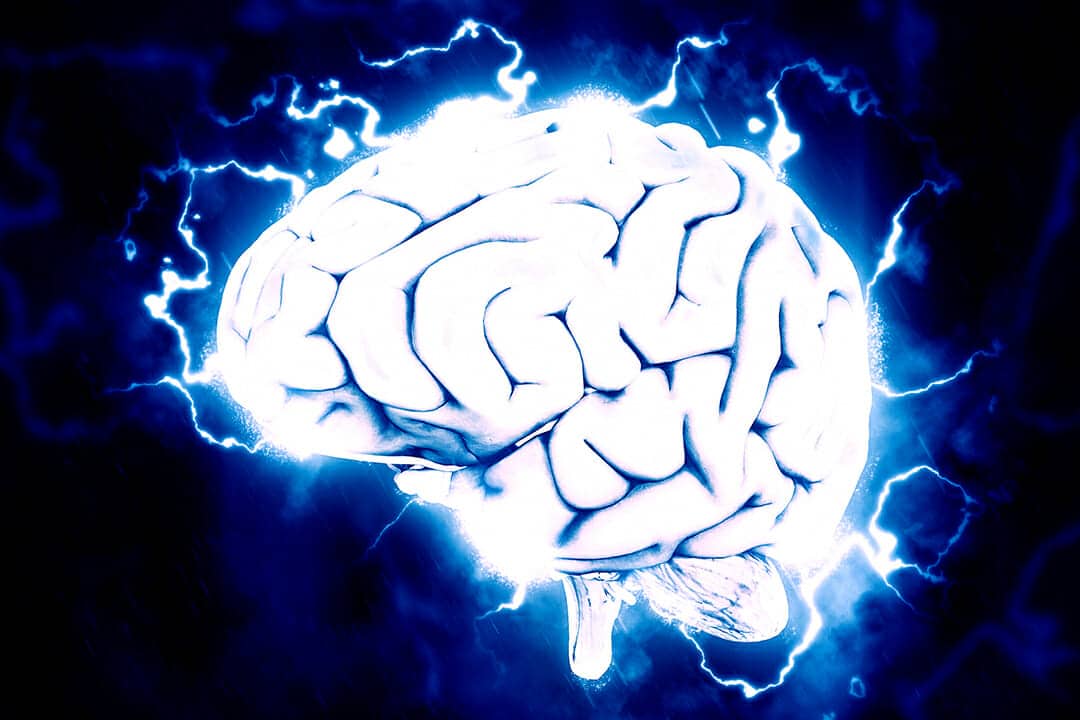Beginning at birth, the attachment formed between parent and child predicts the quality of future relationships with teachers and peers and plays a leading role in the development of curiosity, arousal, emotional regulation, independence, and social competence. The brains of infants are hardwired for only six emotions: joy, anger, surprise, disgust, sadness, and fear. To grow up with the tools to be emotionally and socially healthy, children under age 3 need a strong, reliable primary caregiver who provides consistent and unconditional love, guidance, and support; safe, predictable, stable, nurturing, loving environments; 10 to 20 hours each week of harmonious, reciprocal interactions; and enrichment through personalized, increasingly complex activities.
Children raised in poverty are much less likely to have these crucial needs met than are their more affluent peers, and, as a result, are subject to some grave consequences. Deficits in these areas inhibit the production of new brain cells, alter the path of maturation and rework the healthy neural circuitry in children’s brains, thereby undermining emotional and social development and predisposing them to emotional dysfunction.
In many poor households, parental education is substandard, time is short and warm emotions are at a premium — factors that put the attunement process at risk. Caregivers tend to be overworked, overstressed, and authoritarian with children, using the same harsh disciplinary strategies used by their own parents. They often lack warmth and sensitivity and fail to form solid, healthy relationships with their children. Parents living in prolonged poverty are also often overwhelmed by diminished self-esteem, depression, and a sense of powerlessness and inability to cope — feelings that may get passed along to their children in the form of insufficient nurturing, negativity, and a general failure to focus on dependents’ needs. A 2001 study of emotional problems of children of single mothers found that the stress of poverty increases depression rates among mothers, which results in an increased use of physical punishment. Children themselves are also susceptible to depression; research shows that poverty and prolonged stressors are major predictors of teenage depression.
Chronic Stressors and Children’s Brain Development
Some stressors that children living in prolonged poverty experience are having very young, single or low-educational-level parents; poor nutrition; parents or guardians experiencing chronic unemployment; abuse and neglect; substance abuse; dangerous neighborhoods; homelessness and mobility; and exposure to inadequate educational experiences.
Chronic stress is a state of ongoing physiological arousal. This occurs when children have so many stressors, like the ones above, that they remain in a heightened state of arousal and do not feel they have any control over the stressors. Their autonomic nervous system rarely has a chance to activate the relaxation response. Our fight-or-flight response, which was designed to help us fight a few life-threatening situations (acute stress) spaced out over a long period (like being attacked by a bear every so often), can wear down our bodies and cause us to have brain damage or become ill, either physically or emotionally. Chronic stressors can have a negative impact on the parts of our brain responsible for memory, attention, language development, reading, emotions, goal-setting, and overall cognitive development — all important for success in school.
Three Parts of Children’s Brains Affected by Chronic Stressors
A cognitive-response study in 2009 noted that chronic stressors have a physiological impact on a child’s prefrontal cortex, hippocampus, and amygdala. The prefrontal cortex, located in the very front of the head, behind the forehead, carries out executive functioning — i.e., short-term memory, social, and emotional control, problem-solving, decision-making, planning, thinking, goal-setting, and the ability to suppress urges which, if not suppressed, could lead to socially-unacceptable outcomes.
The hippocampus is a part of the limbic system, often called the emotional brain. It plays important roles with emotions and in consolidation of information from short-term memory to long-term memory, important for memory and learning. A damaged hippocampus in children can negatively impact their memory.
The amygdala is also a part of the limbic system and deals with emotions, helping to process memories and managing response to fear and stress. The amygdala’s job is to determine how to respond to a wow type of event, be it an emergency or something that simply startles a child — any type of event that produces an emotional response.
Stress wreaks havoc on children’s brains. Scientists believe that stress changes the activities of neurotransmitters, chemical messengers in the brain’s prefrontal cortex, hippocampus, and amygdala; suppresses the creation of new neurons in the three parts of the brain; causes neurons to undergo remodeling of dendrites — part of the brain’s communication network — for the worse; and shrinks the volume of the parts of the brain most closely associated with working memory, the prefrontal cortex and the hippocampus.
If the stressors have not been removed, the adrenal glands secrete a stress hormone called cortisol. Cortisol is intended for use in short-term stressful situations, such as fleeing from a dangerous animal. When a person suffers from chronic stress, including the stress of poverty, the long-term presence of cortisol can damage brain cells. The hippocampus is particularly sensitive to cortisol levels and suffers the most damage.







